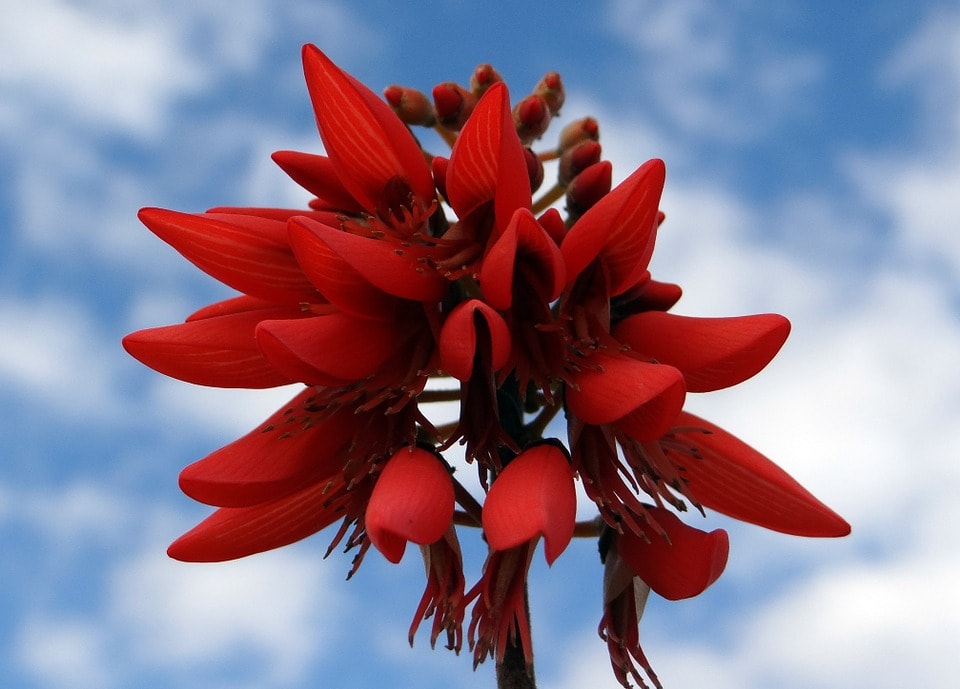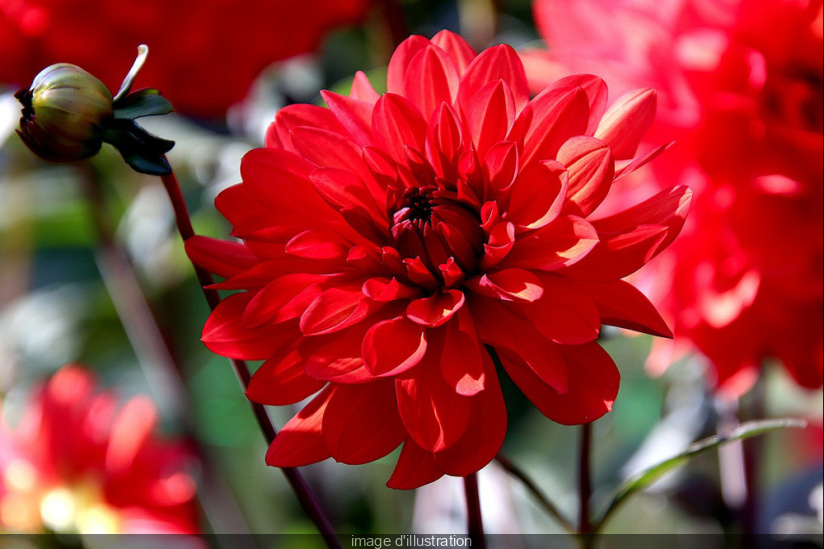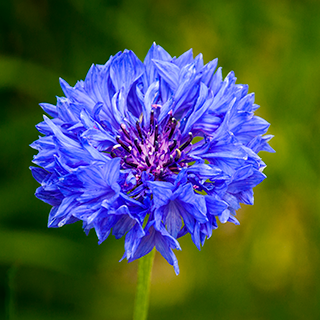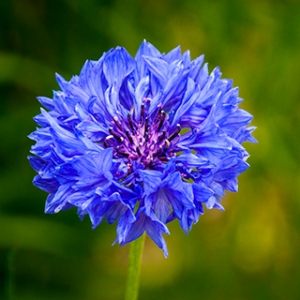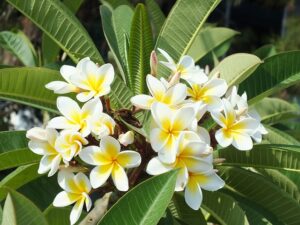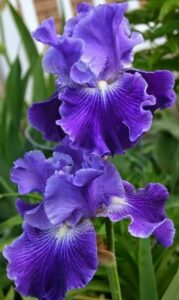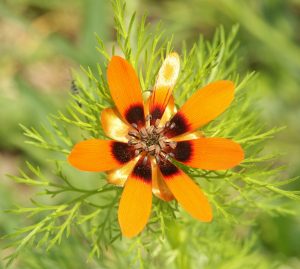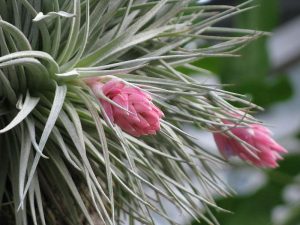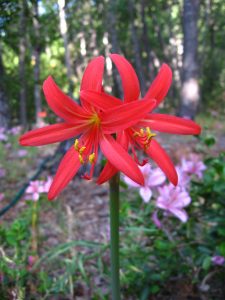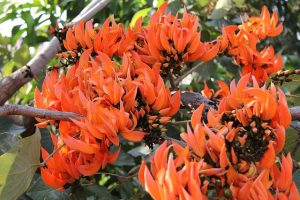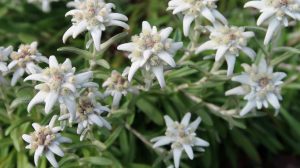Coral tree: characteristics and care of the national flower of Argentina and Uruguay
Hello, lovers of flowers and plants. Today we will talk about the national flower of two countries of South America: Argentina and Uruguay, the coral tree or ceibo.
Coral tree
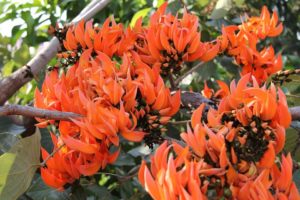
Origin and characteristics
The Coral Tree can be found distributed throughout the tropical and subtropical regions of the entire world. Its scientific name is Erythrina crista-galli. Its leaves are dark green. In winter, this plant loses leaves and in spring they come back out again. This large tree creates a glass that provides us with a pleasant shade to sit down to enjoy a nice afternoon with family and / or friends or if you prefer a quiet place in solitude. It can reach up to 20 meters of height in its natural habitat, although in culture 10m approximately.
The branches of the coral tree are brittle, so it should be protected from strong winds and frost. They are also protected by short and thick spines. To select the place where to plant it, keep in mind that you should receive sunlight all day. You should also water it frequently, but the soil should be well drained, so that the water does not puddle.
Its flowers are of an intense and luminous orange-red color. These flowers have no smell, although they do have abundant nectar. This nectar is enjoyed by its pollinators, mostly birds, who are attracted by the striking colors of these flowers.
It is popularly known by several names such as Ceibo, Coral Tree, Coral Flower and rooster ‘ beak among others.
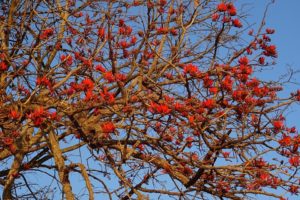
Reproduction
This plant is reproduced by seeds, which are deep red, should be planted preferably in spring. If they have been collected for some time, you should put them in water at room temperature for approximately 24 hours. However, if you picked them recently you can plant them directly. For germination, it is vitally important that they be sown in a place where they receive direct sunlight.
Other ways to multiply the coral tree are by cuttings or by division of bush in spring.
Pulse of coral tree seeds
National flower
The coral tree is the national flower of Argentina and Uruguay.
In Argentina it is the national flower since December 23, 1942 by decree 138474 of the Executive Power. For its selection in 1942, the Ministry of Agriculture appointed a special commission that proposed the ceibo as a national flower at the initiative of the engineer and Director of Walks and Gardens of La Plata, Alberto V. Oitaven (author of the book El ceibo, argentina national flower, in 1943).
The decision was made taking into account the great acceptance of this flower by the inhabitants of the country. They also have aboriginal legends about the origin of this tree, which have been sung by musicians enriching their popular culture. They also alleged that several institutions have a ceibo plant at the foot of the flag, giving it a symbolic character.
Legend
Legend has it that on the banks of the Paraná lived an ugly indiecita, with rough features, called Anahí. Although it was ugly, in the summer evenings it delighted all the people of its Guaraní tribe with their songs inspired by their gods and the love of the land they owned … But the invaders arrived, those brave, daring and brave beings of white skin, that devastated the tribes and they took to them the earths, the idols, and their freedom.
Anahí was taken captive along with other Indians. She spent many days crying and many nights in vigil, until one day when the dream beat her sentinel, the little Indian managed to escape, but in doing so, the sentinel woke up, and she, to achieve her goal, plunged a dagger into his chest of his guardian, and quickly fled to the jungle.
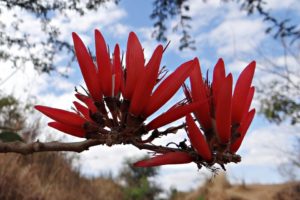
The scream of the dying jailer woke up the other Spaniards, who went out in a chase that turned into a hunt for poor Anahí, who after a while was overtaken by the conquistadores. These, in revenge for the death of the guardian, imposed as punishment death at the stake.
They tied her to a tree and started the fire, which seemed not to want to extend its flames towards the indigenous maiden, who without murmuring a word, suffered in silence, with her head tilted to one side. And when the fire began to rise, Anahí became a tree, identifying with the plant in an amazing miracle.
At the next dawn, the soldiers found themselves before the spectacle of a beautiful tree with shining green leaves and velvety red flowers, which showed itself in all its splendor, as the symbol of courage and strength in the face of suffering.(Taken from Legend of the ceibo)
As almost always a sad story gives rise to a plant as beautiful as this one.
Remember to like and share on your social networks if you liked this article. Leave us your comments here.![]()
Share this content:
